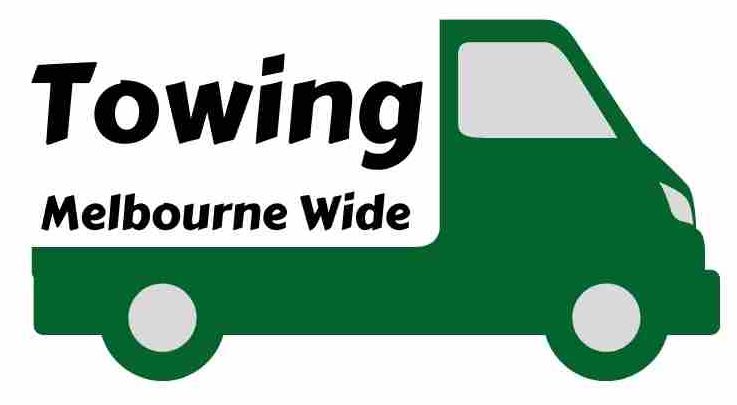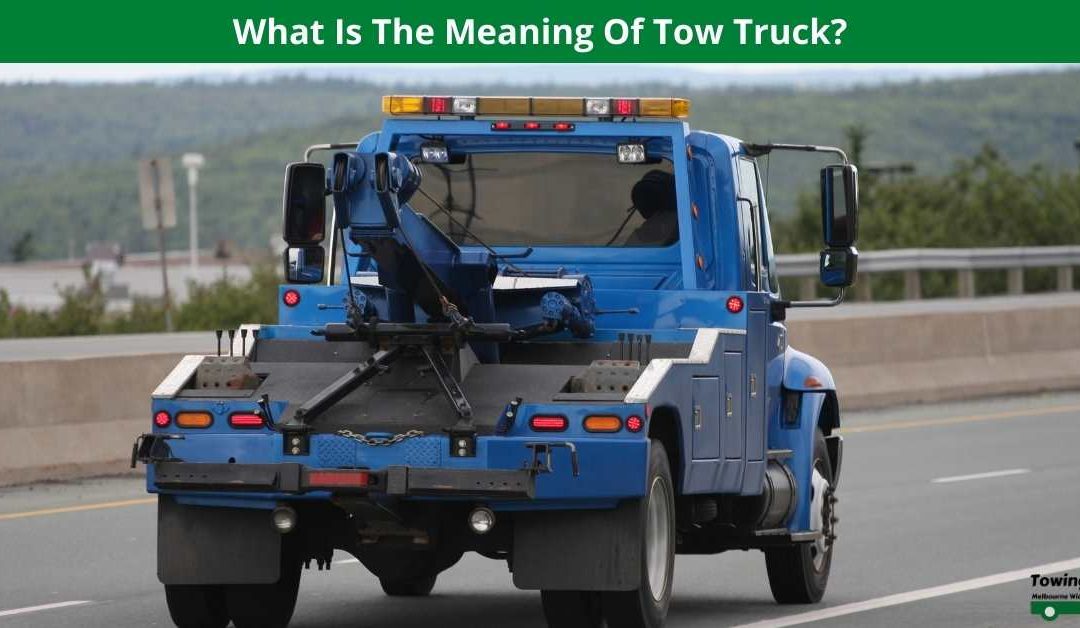How to Correctly Tow an Automobile
You may need to tow a vehicle for a number of factors, consisting of moving, taking your car along on a trip, or transporting it to another location. Whatever your reason for towing a car, you require to understand how to properly tow it. You can utilize some easy-to-follow guidelines to make the entire towing process simpler.
Caution: Ensure to follow all local laws, as well as the laws of any other states you plan on traveling through when towing a car. This includes using the proper towing lights and mirrors.
Technique 1 of 3: Utilizing a tow dolly
A tow dolly lets you to tow an automobile while enabling the towed car to take some of the load off the towing vehicle. This is accomplished by letting the rear wheels rest on the ground while you tow the lorry. This works better when towing is front wheel drive vehicle, because a rear wheel drive, or 4 wheel drive, requires you to detach the drive shaft while taking a trip long distances.
Suggestion: The vehicle you are towing with should weigh, at a minimum, 750 pounds more than the lorry it is towing, plus the towing gadget. Guarantee that you do not surpass the tow capacity of the gadget.
Step 1: Link the tow dolly. Connect the tow dolly coupler to the hitch ball on the towing automobile.
This needs you to appropriately seat the coupler on the drawback ball and hand tighten up the coupler till you have a tight and safe connection.
Examine that the coupler is safely fastened by moving the tow lorry forward a little or pressing the dolly to the rear.
Attach the safety chains from the dolly to the tow car. This keeps the dolly linked to the tow vehicle even if the coupler comes off the hitch ball.
Tip: When towing an automobile cross countries, check the hitch connection regularly to ensure it is still effectively linked.
Action 2: Load the towed automobile. Drive the towed lorry onto the dolly ramp dealing with forward.
Caution: Facing the car to the rear can trigger the towed lorry to whip and sway.
Ensure that the entire width of the towed car fit on the ramps. Examine all clearances, such as for spoilers, air dams, and other car parts while filling.
Step 3: Protect the towed lorry. Continue driving onto the dolly until both the front tires are strongly against the wheel stops.
Utilizing the tire straps on the tow dolly, secure both front tires.
Loop the towed vehicle security chains around a frame member on the towed automobile. Keep the chains away from fuel and brake lines to prevent damage to these elements.
Step 4: Disconnect the driveshaft. On rear-wheel-drive and four-wheel-drive lorries, you require to disconnect the driveshaft to avoid damaging the transmission of the towed automobile.
You need to crawl beneath the lorry and locate where the driveshaft links to the differential.
As soon as you have found the connection point of the driveshaft and differential, look for the u-joint that holds the driveshaft to the differential housing.
Secure the driveshaft to the undercarriage of the towed vehicle utilizing a strap or bungee cord. Make certain it is secured to a firm part of the frame, however not the exhaust pipes.
Get rid of the four bolts at the u-joint. Next, push the drive shaft up as far as possible, changing the strap or bungee cable as needed.
Screw the bolts back into the yoke on the differential real estate. Additionally, you can place them in a baggie in the glove box till needed once again.
Repeat the above steps for the other axle, such as on a four wheel drive, if required.
If you do not feel positive in doing the task yourself, call a specialist mechanic to disconnect the driveshaft.
Method 2 of 3: Utilizing a trailer
Product Needed
- Nylon straps or wheel nets
Another approach of towing an automobile is to utilize a trailer. While much safer than other approaches, a trailer has its own disadvantages, the primary one that the combination of the towed car and trailer might be too heavy for the towing vehicle to manage.
Warning: It is very important that you know the tow score of the tow car. Make certain it is rated to carry the weight of the lorry and the trailer used to transport it.
Action 1: Attach the trailer: First, you need to safely connect the trailer to the drawback ball of the tow car.
Make certain the trailer coupler is securely attached to the hitch by driving the tow car forward a little.
Attach the security chains from the trailer to the tow lorry.
Link the trailer electrical wiring harness to the tow lorry sockets.
Check its charge prior to setting out on a trip if the trailer comes with a brake battery.
Step 2: Load the car. Next, extend the trailer ramps and drive the towed lorry onto the trailer.
Center the towed lorry and drive it slowly up the ramps.
Continue driving up until the front tires are resting against the tire stops at the front of the trailer.
Place the vehicle in park and set the parking brake.
Action 3: Protect the lorry. The last step includes protecting the towed car to the trailer.
Utilizing nylon straps or wheel internet, place the straps over the center of the front tires. Ratchet the strap down until tight.
Secure the security chains to the front and back of the automobile frame, making sure to prevent brake and fuel lines.
Approach 3 of 3: Using a tow bar
Another technique for towing an automobile is to utilize a tow bar. Tow bars permit all four wheels of the towed automobile to rest on the ground while moving. When utilizing a tow bar, you require to detach the driveshaft to keep from harming the transmission. Frequently, tow bars are utilized in tandem with a RV to tow an automobile for use while traveling cross country.
Warning: Utilizing a tow bar requires that you connect brackets to the front frame of the towed vehicle. Have a professional mechanic or automobile body professional connect the brackets for you if you do not feel comfortable doing this yourself.
Step 1: Protect the brackets. Utilizing the tow bar as a guide, find a strong part of the vehicle frame to connect a bracket on each side of the front of the towed car.
This requires you to drill into the frame of your car.
The end result is 2 brackets to which you can separate the tow and attach bar rapidly.
Step 2: Inspect the brake lights. Prior to hooking up the tow bar, make sure that the brake lights and turn signals of both lorry operate in tandem, or use removable tail lights.
Purchase a circuitry system that connects and collaborates the brake lights and turn signals of both cars. Basic vehicles us a 12N electrical system for this purpose, while RVs use a 12S electrical system.
You can choose to use removable tail lights if you do not prepare on towing the car that frequently. Detachable tail lights attach to the rear of the towed car and utilize the electrical system of the tow lorry for braking and signifying turns.
Step 3: Attach the tow bar. Next, connect the tow bar to the towing vehicle.
Start by connecting the tow bar brackets on the towed lorry. You can do this by moving the bolts through the ends of the tow bar that attach to the brackets attached to the car.
Next, connect the two tow bars originating from the brackets on the towed lorry to the pivot bracket using the bolt, nuts, and washers that feature the tow bar. The pivot bracket links to the part of the tow bar that either inserts straight into the drawback receiver or has a coupler that connects to the hitch ball.
Further secure the tow bar by attaching security chains from the tow lorry to the pivot bracket and from the base plate of the pivot bracket to the towed car.
You can tow a car securely and quickly by keeping specific safety measures in mind. This consists of appropriately connecting towing equipment, such as tow dollies, trailers, and tow bars, and ensuring that you are properly safe and secure lorries before towing.
You may need to tow a vehicle for a number of factors, consisting of moving, taking your car along on a trip, or transporting it to another place. Whatever your factor for towing a lorry, you need to know how to correctly tow it. A tow dolly lets you to tow an automobile while enabling the towed car to take some of the load off the towing vehicle. Another technique for towing a car is to use a tow bar. A lot of often, tow bars are used in tandem with a RV to tow a vehicle for use while taking a trip cross country.
Flat Battery Jump Start Services
Flat battery jump start for 12 & 24v battery concerns we supply jump start services in the Melbourne. Stop start batteries are a lot more common batteries on vehicles typically however older batteries such as a lead acid battery are still made use of.
Give us a call in Melbourne today to get more information about our tow services. If you require emergency roadside recovery for any reason, we’re here to assist you.
The towing source might be a motorized land lorry, vessel, animal, or human, and the load being anything that can be pulled. These might be joined by a chain, rope, bar, drawback, three-point, 5th wheel, coupling, drawbar, integrated platform, or other ways of keeping the items together while in motion.
The most familiar form is the transport of disabled or otherwise indisposed lorries by a tow truck or “wrecker”. In the opposite extreme are exceptionally heavy task tank healing vehicles, and huge ballast tractors included in heavy carrying towing loads stretching into the millions of pounds.
Always, government and towing sector requirements have been established for providers, lighting, and coupling to make sure safety and interoperability of towing devices.
Historically, barges were transported along canals or rivers using tow ropes drawn by guys or draught animals strolling along towpaths on the banks. Over thousands of years the maritime field has actually fine-tuned towing to a science.
Aircraft can tow other aircraft too. Troop and cargo-carrying gliders are hauled behind powered aircraft, which stays a popular methods of getting modern-day leisure gliders aloft.
Now Towing Melbourne Wide is available in Malvern Victoria 3144, Australia.
Contact us
Towing Melbourne Wide
4/10 Auburn Grove
Hawthorn East VIC 3123
(03) 9956 1908


Recent Comments